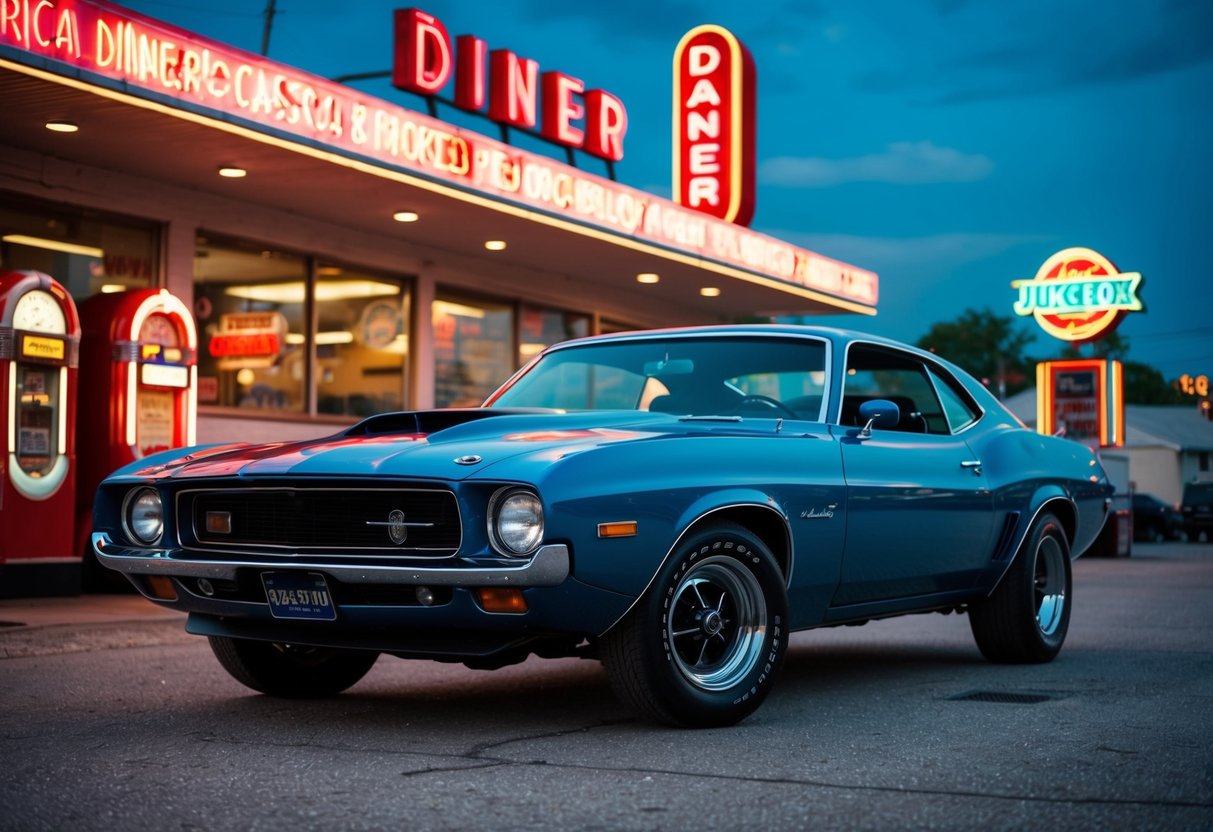
The allure of vintage muscle cars endures across generations, capturing the imagination of car enthusiasts and casual admirers alike. These iconic vehicles, steeped in rich automotive history, represent more than just speed and horsepower — they embody a unique era of American car culture. Their timeless appeal lies not only in their powerful performance but also in their distinct design and historical significance.
Muscle cars burst onto the scene in the mid-20th century, transforming the landscape of American automotive history. Iconic models like the Ford Mustang, Chevrolet Camaro, and Dodge Charger became symbols of freedom and rebellion, resonating with a wide audience. As these vehicles roared down highways, they left an indelible mark on both the industry and society.
Exploring the legacy of these vehicles offers a glimpse into the golden age of automotive innovation. The craftsmanship and engineering behind them highlight a period where design and performance were paramount. Today, vintage muscle cars continue to hold a cherished place in the hearts of collectors and enthusiasts who appreciate their unique blend of style and strength.
Defining Muscle Cars
Muscle cars, boasting powerful V8 engines and aggressive styling, stand as symbols of raw performance and engineering prowess. They capture the spirit of a bygone era, remaining a beloved category in automotive history.
Characteristics and Performance
Muscle cars are celebrated for their power and speed, with high-output engines typically at the heart of their design. The V8 engine is a defining feature, offering significant horsepower and torque, making these vehicles ideal for straight-line performance. Many models are built with rear-wheel drive, enhancing their acceleration and handling on open roads.
Styling is another key aspect, with bold lines and an assertive stance that commands attention. These cars often come with unique hoods and large air intakes, reflecting their performance-focused design. Muscle cars are predominantly coupes with two doors, though some variations exist, showcasing their versatility.
Iconic Muscle Car Models
Throughout history, several muscle cars have earned iconic status. The Ford Mustang is a noteworthy mention, often categorized as a pony car, yet sharing the muscle car’s performance ethos. Its groundbreaking design set a new standard, making it a cultural phenomenon.
The Chevrolet Camaro and Dodge Charger also hold significant places in muscle car lore. These models emphasize high performance and aggressive aesthetics, securing them as favorites among enthusiasts.
The Pontiac GTO is another classic example, often credited with bringing the muscle car to the forefront of American culture. With its powerful engine options and stylistic flair, the GTO left a lasting impact. Each of these vehicles contributes to the enduring legacy and appeal of muscle cars today.
Evolution of American Muscle Cars
American muscle cars have been iconic in the automotive world, captivating enthusiasts with their powerful engines and distinct designs. From their origins in the 1960s to their continual adaptations, these cars tell a story of innovation, resilience, and cultural influence.
The Birth of a Legend
In the early 1960s, the American muscle car era began unfolding, marked by the introduction of vehicles like the 1964 Pontiac GTO. Known for its affordable performance, the GTO set the stage for what would become a highly competitive market. Quickly following this release, the launch of the Ford Mustang in 1964 cemented the Mustang’s status as a quintessential American classic. Its powerful V8 engine, coupled with an iconic design, appealed to a wide audience. The Dodge Charger, introduced in 1966, brought a more aggressive design to the forefront. Muscle cars frequently showcased groundbreaking automotive innovations, such as improvements in engine power and design, that set them apart during their golden years.



